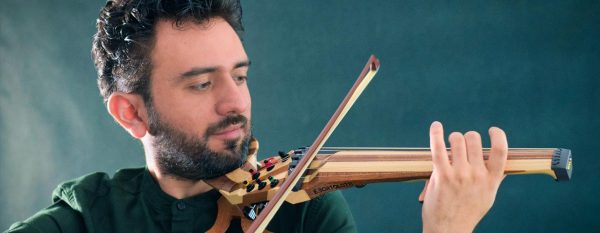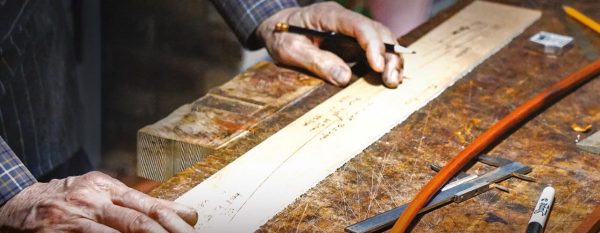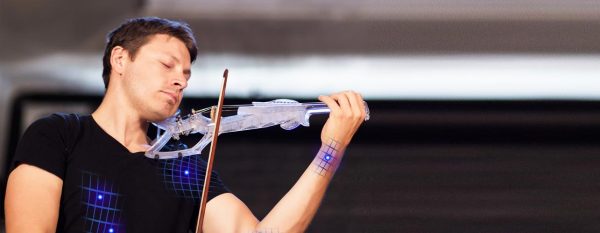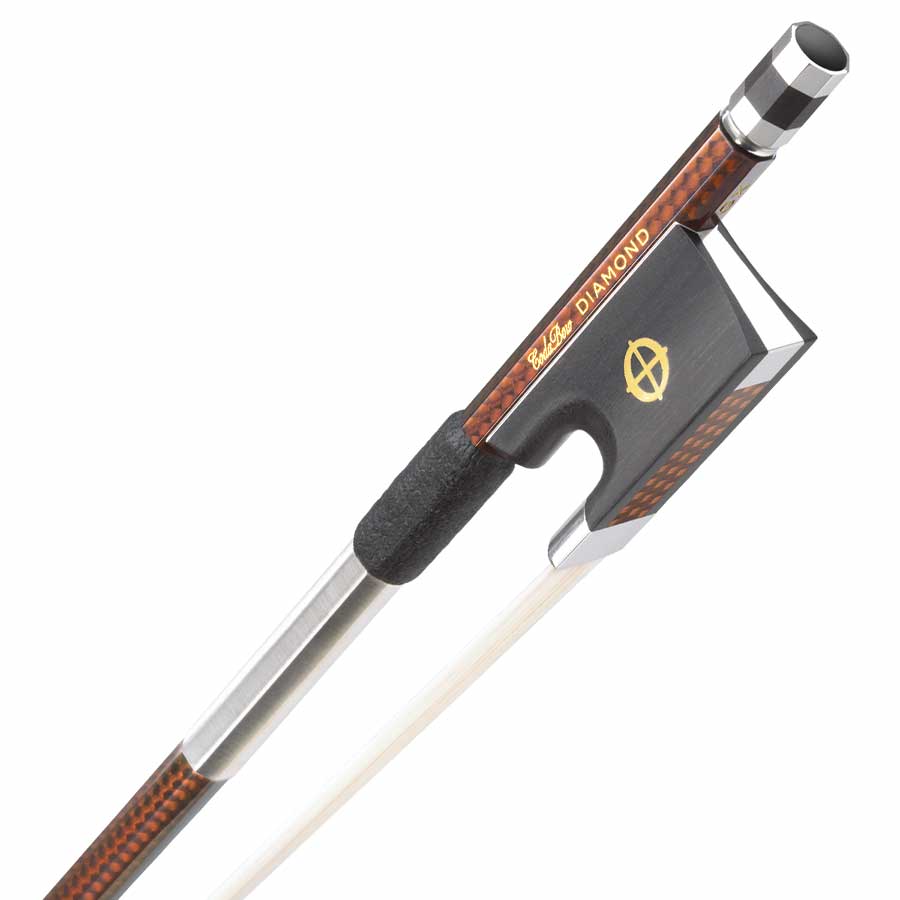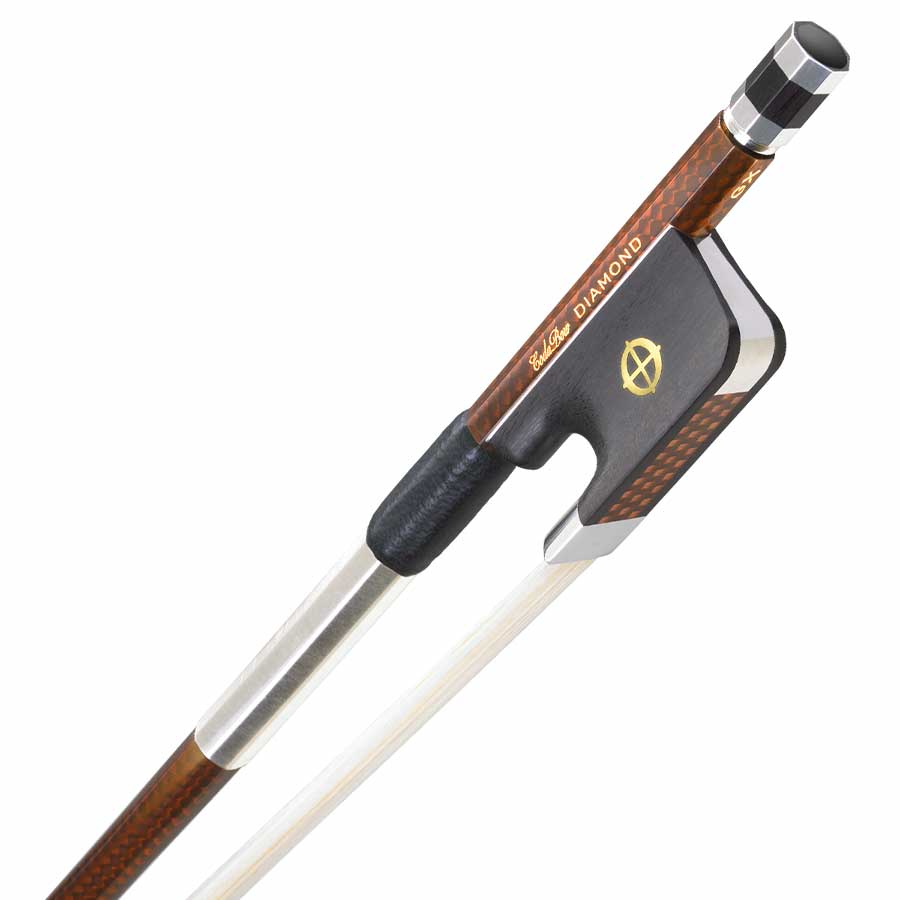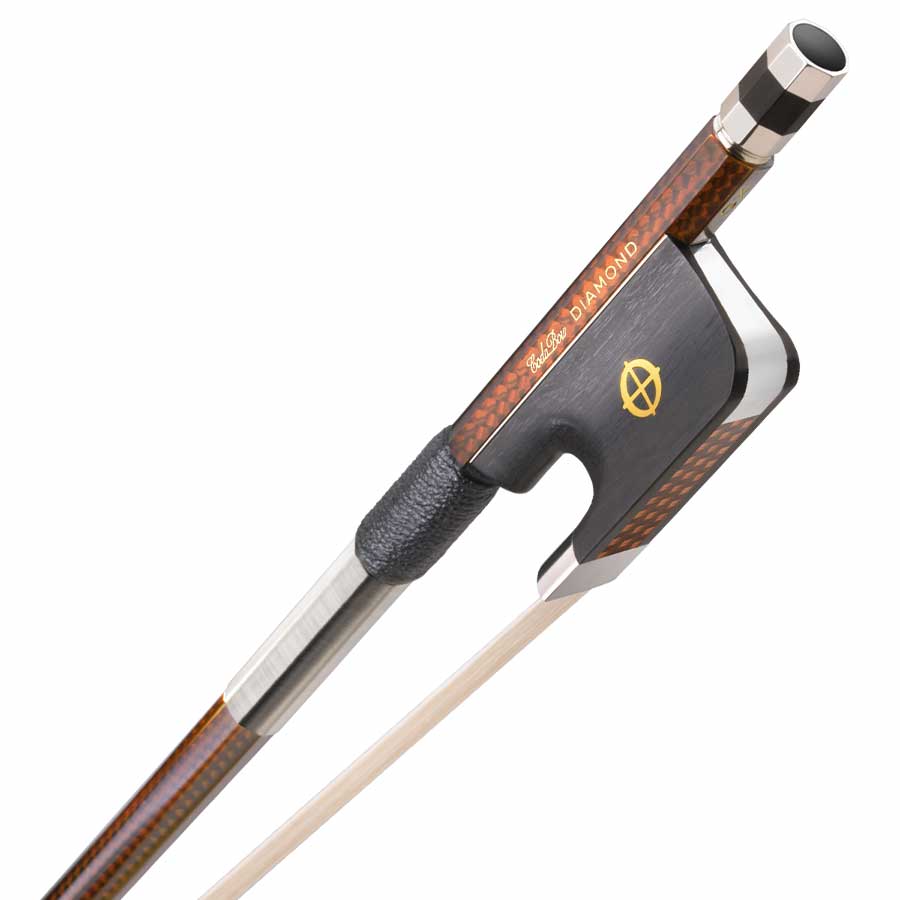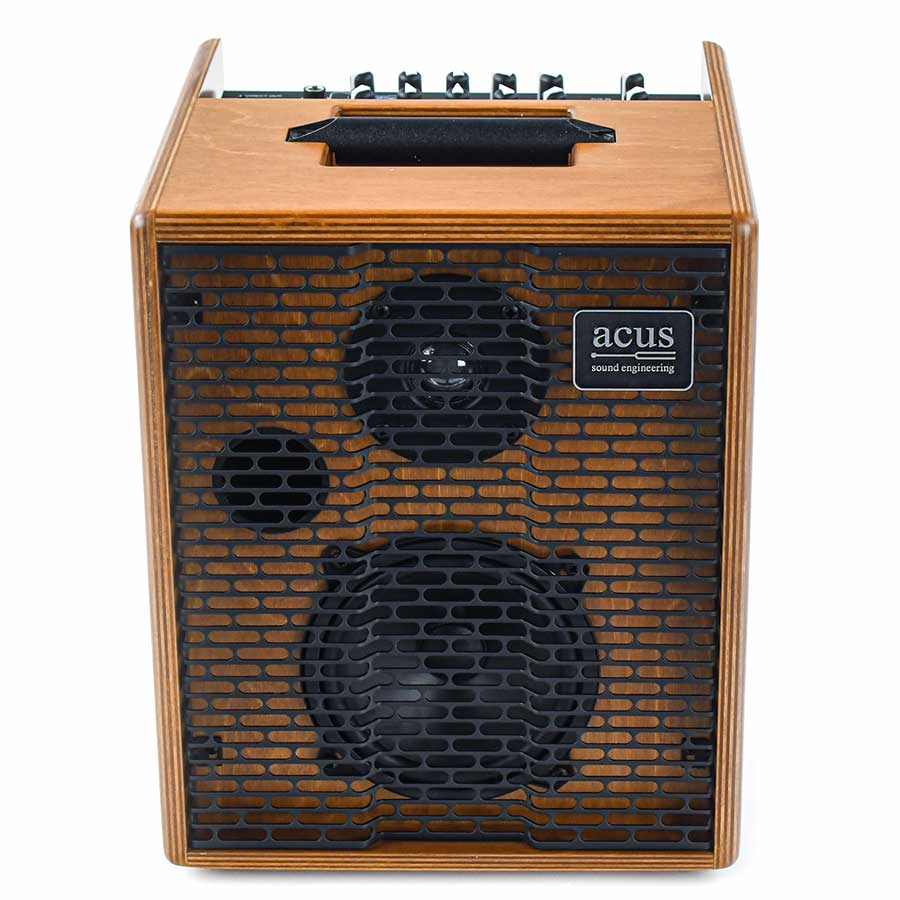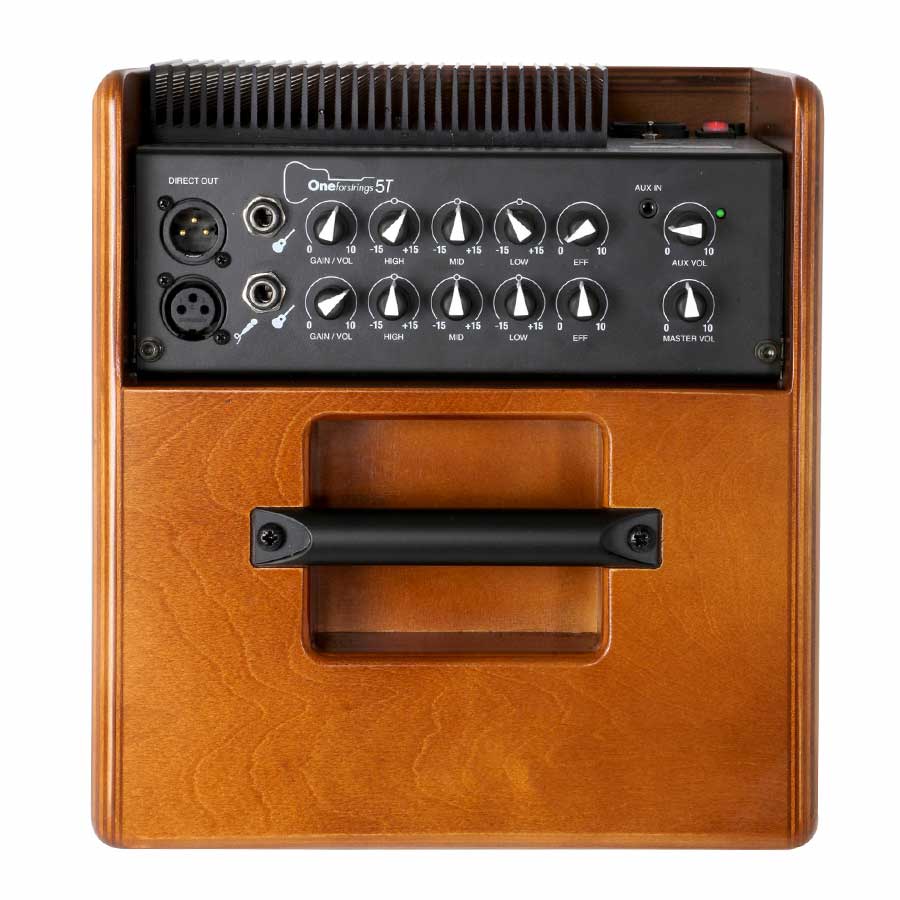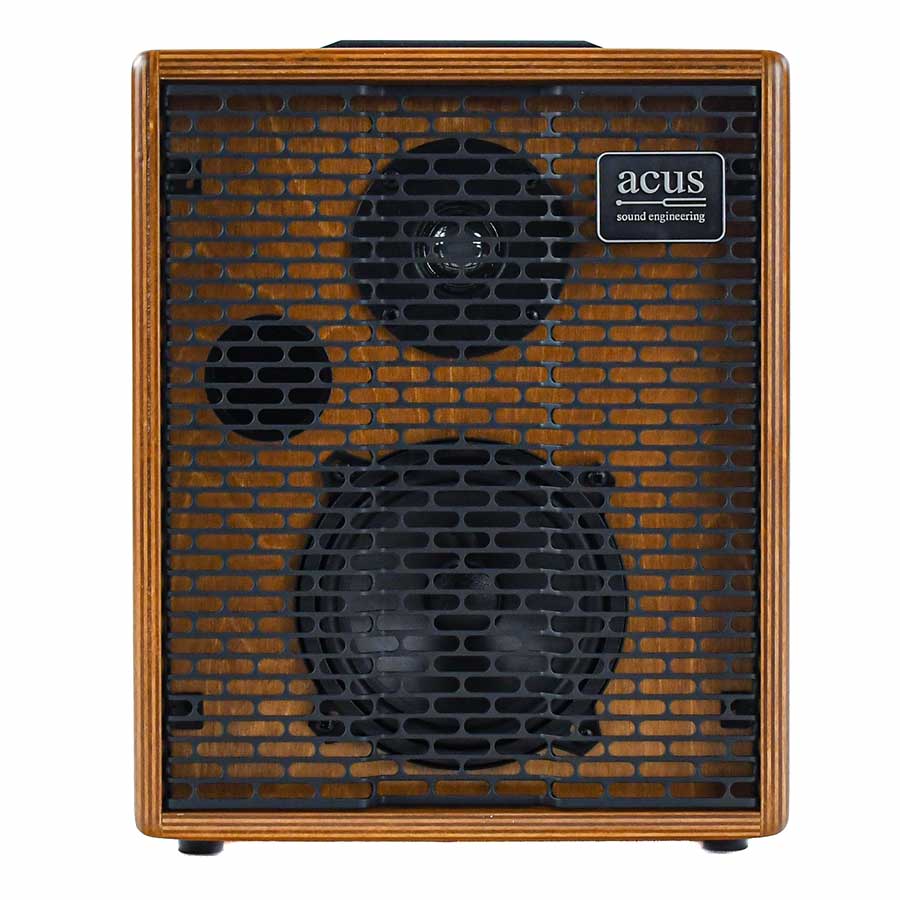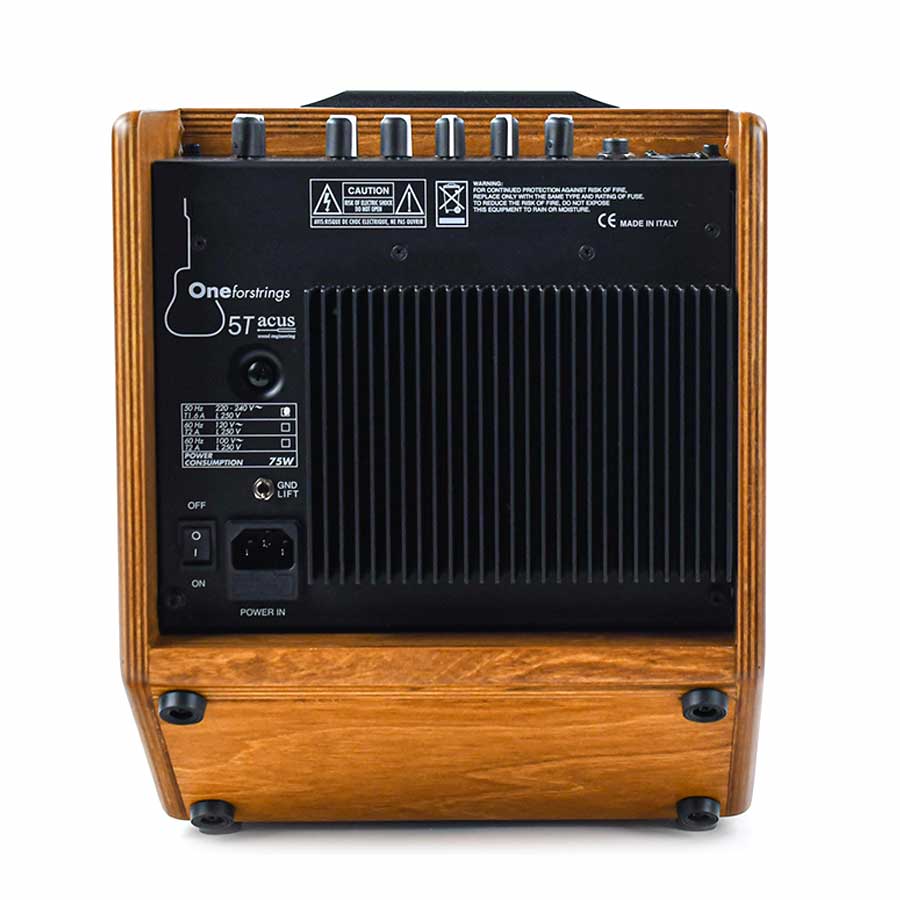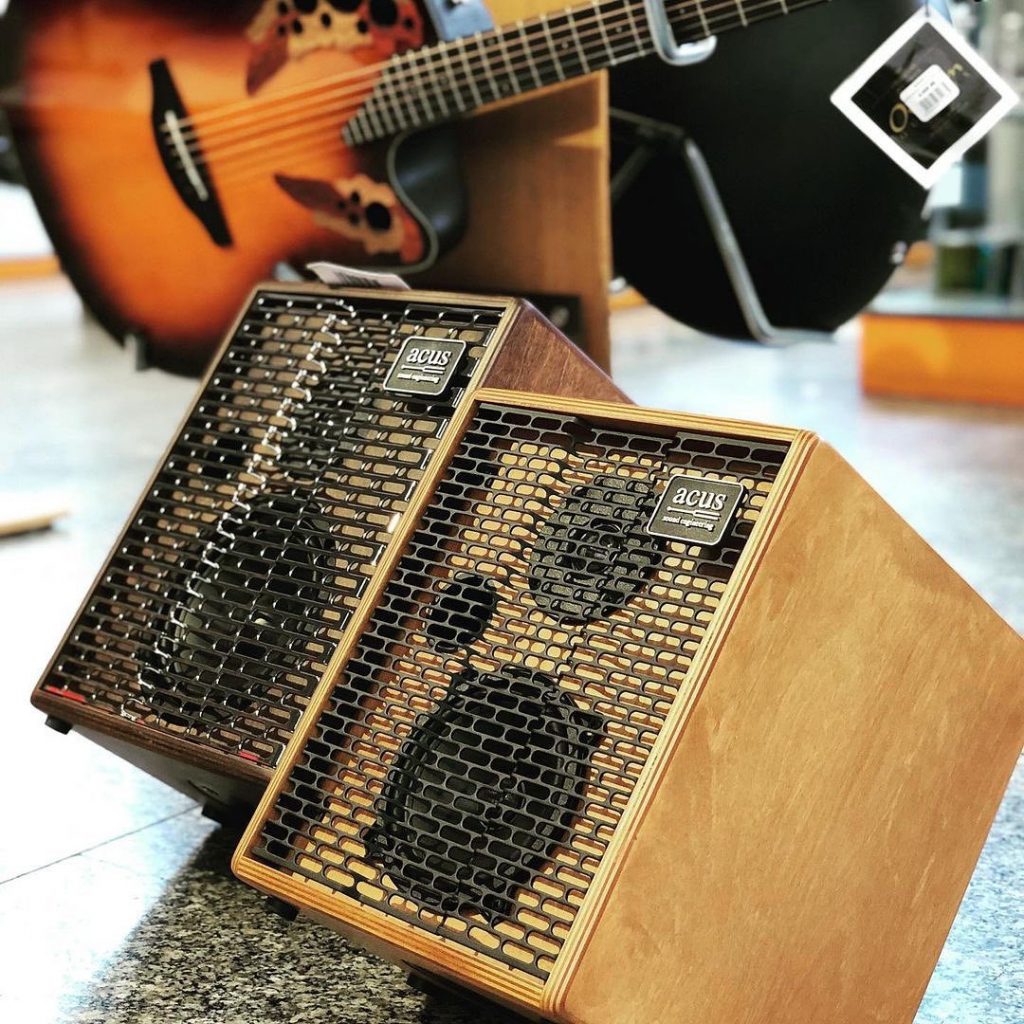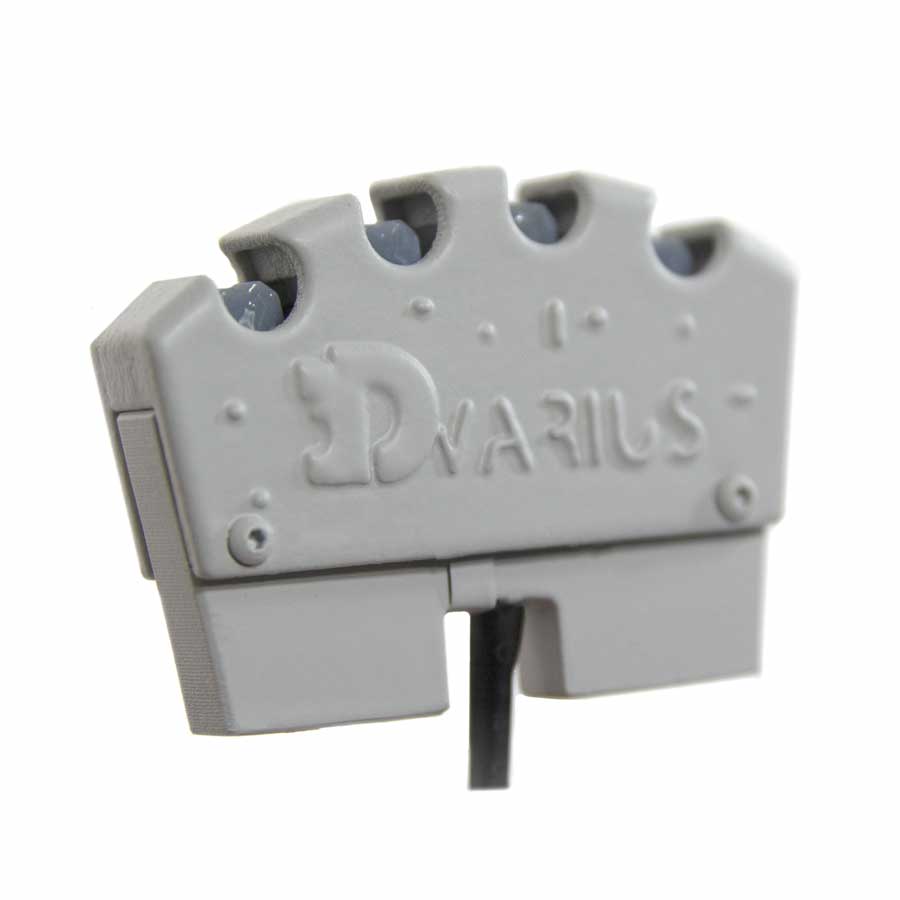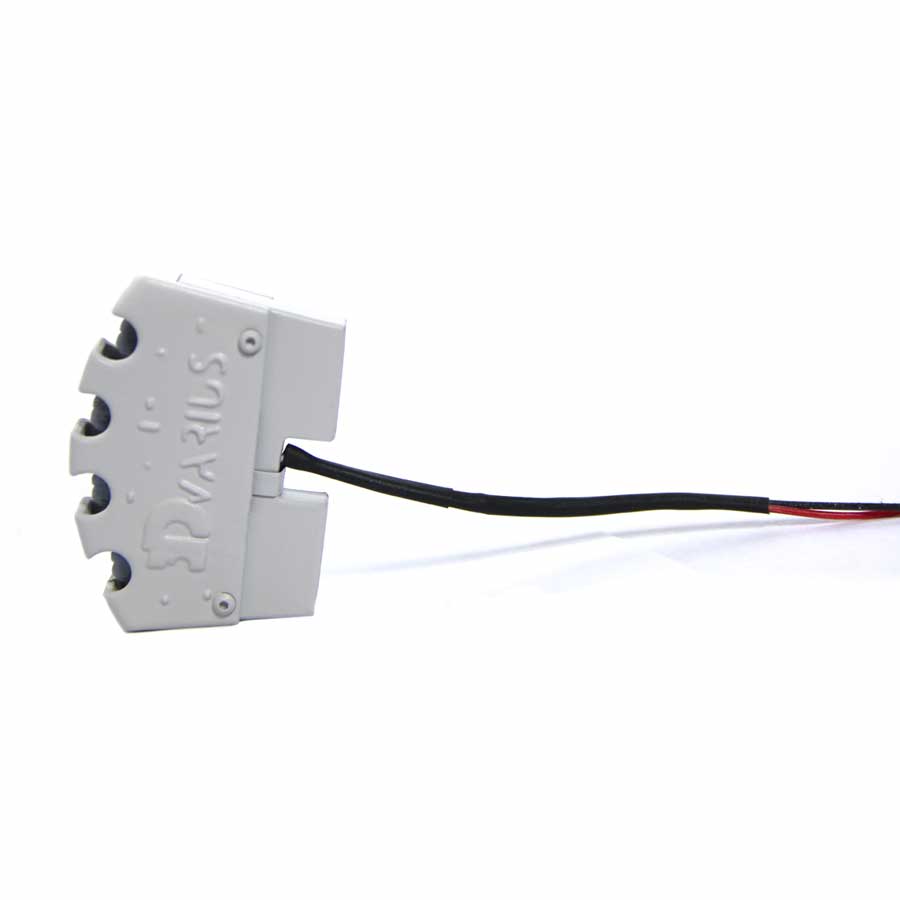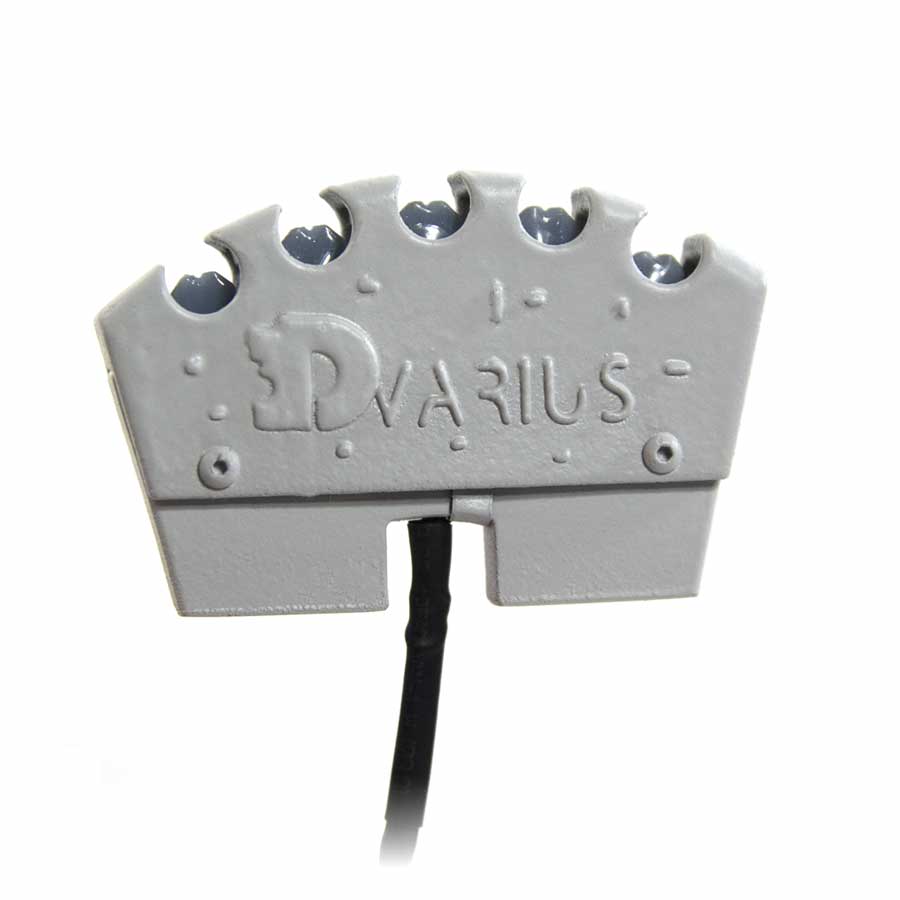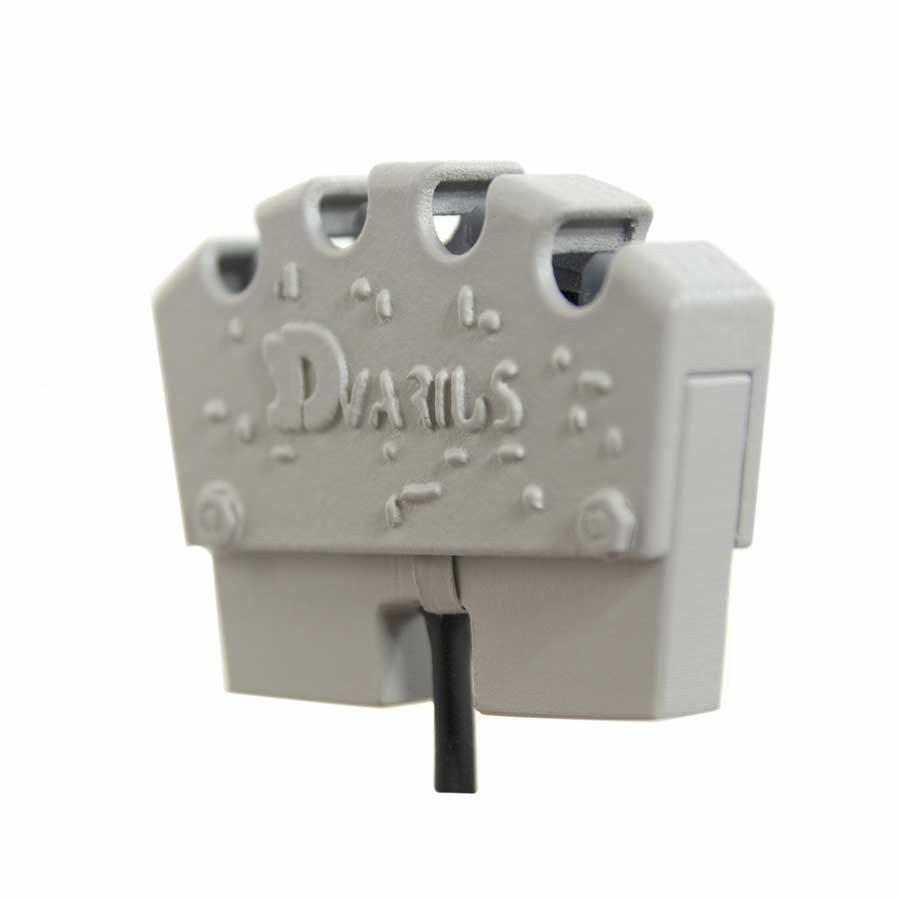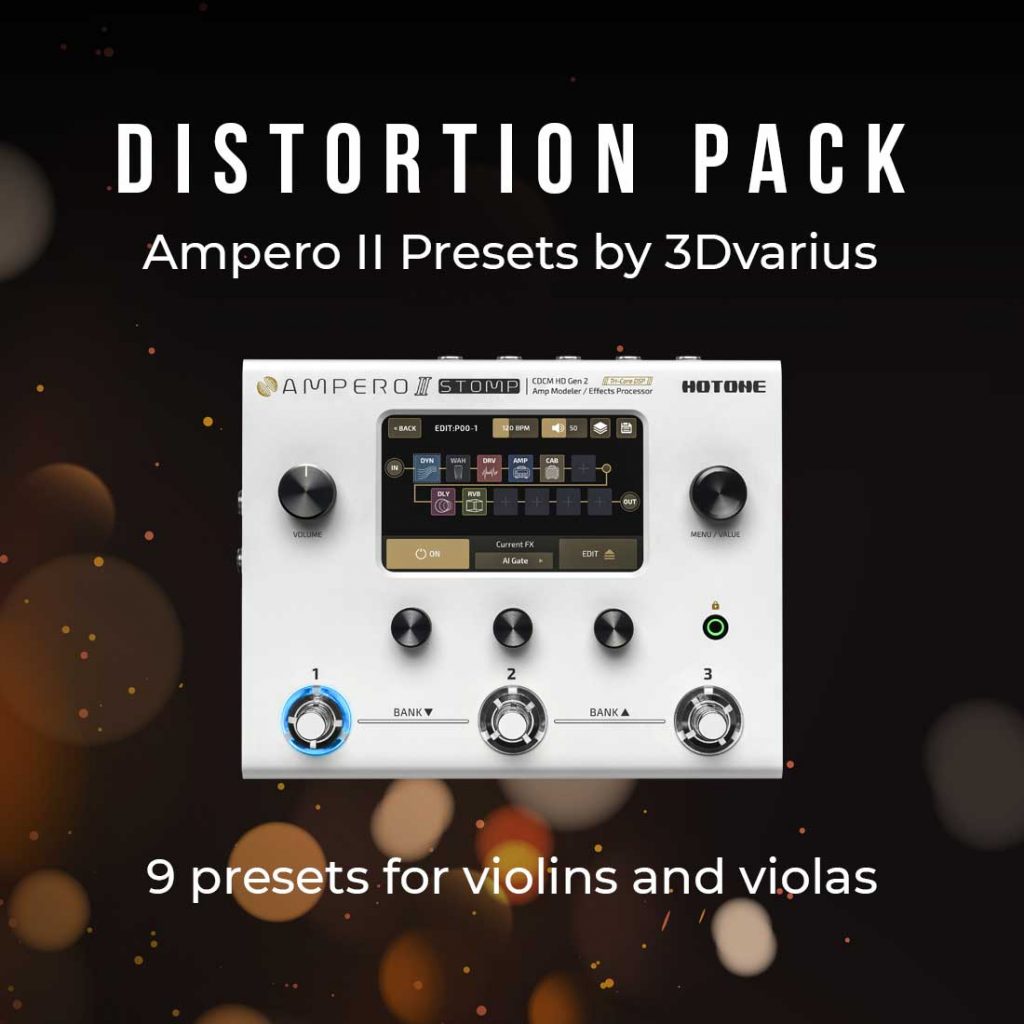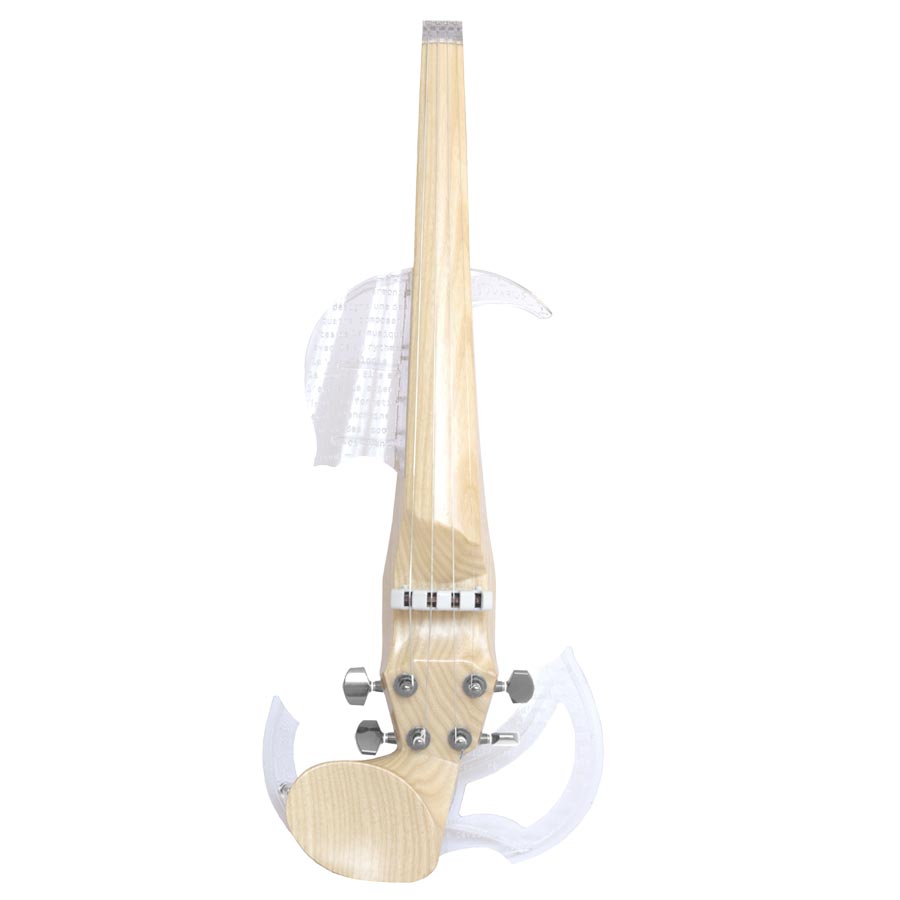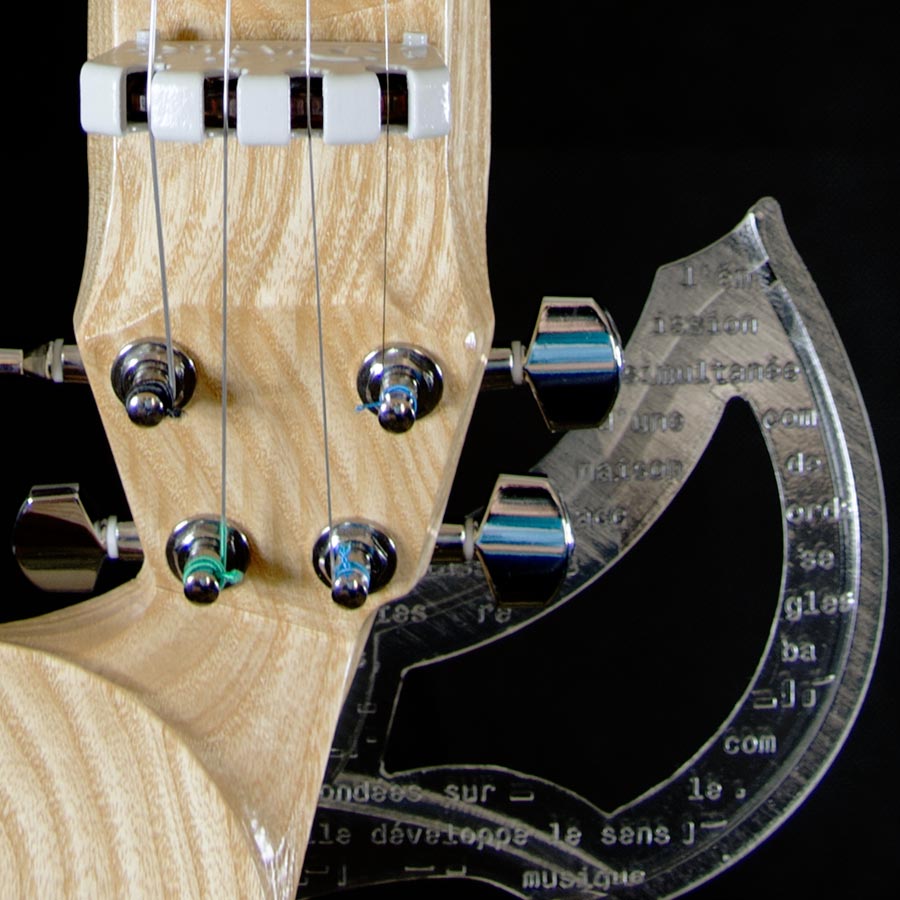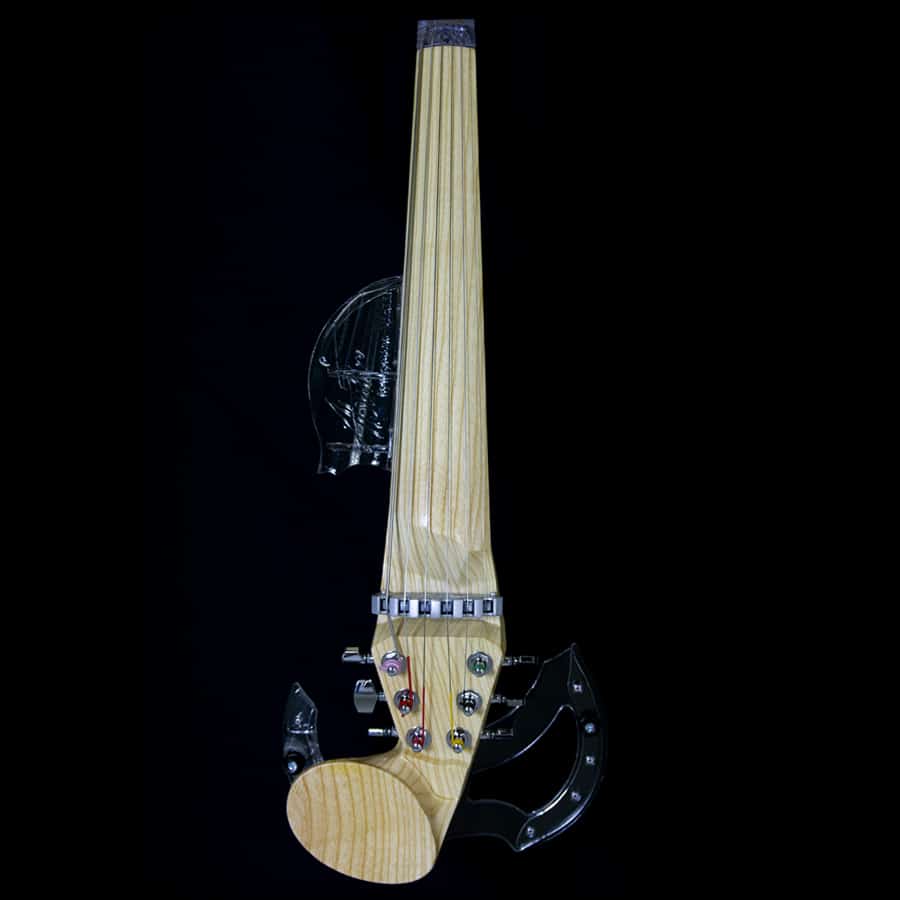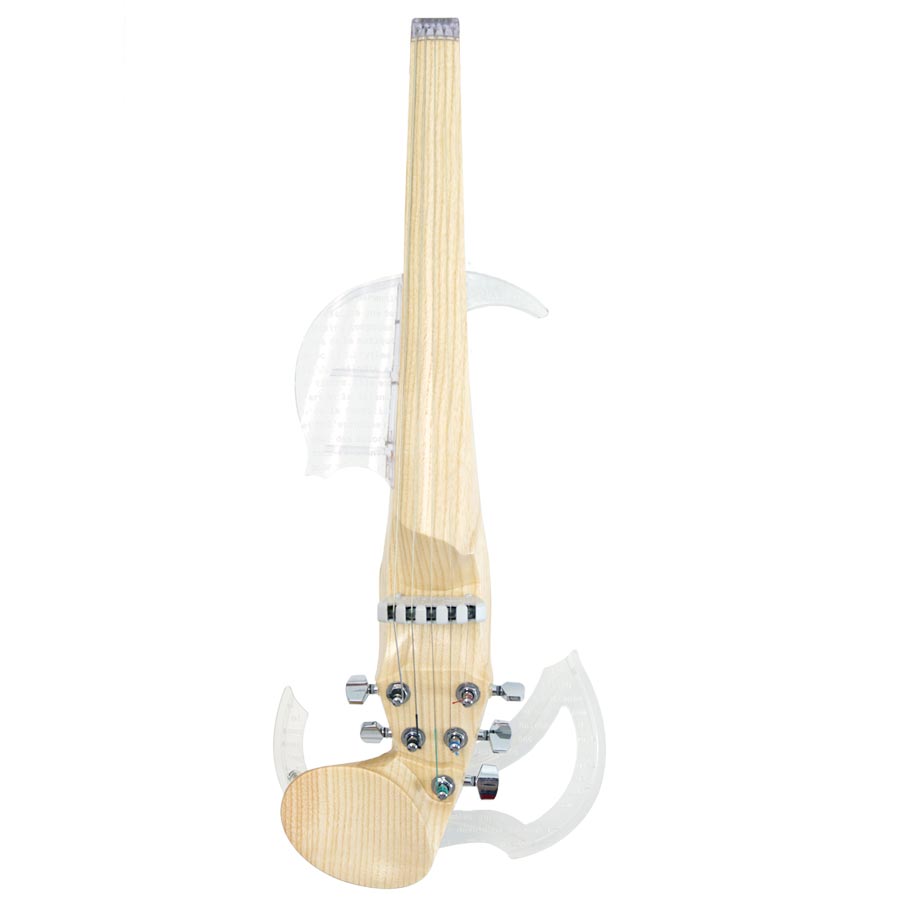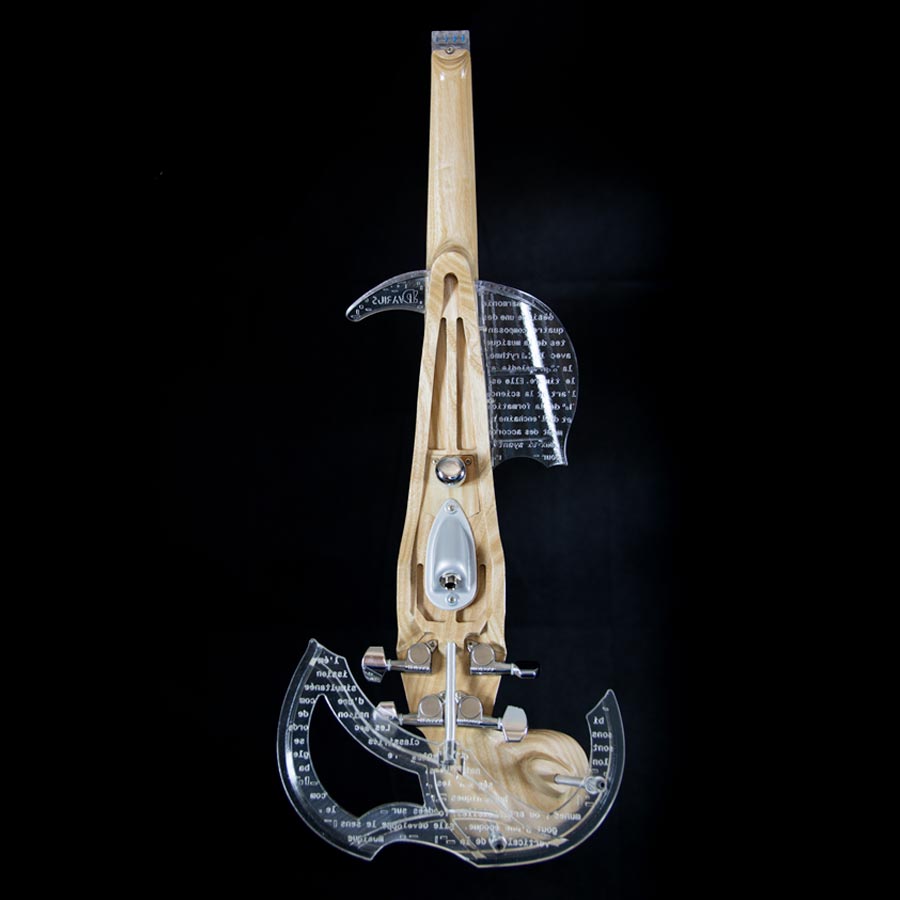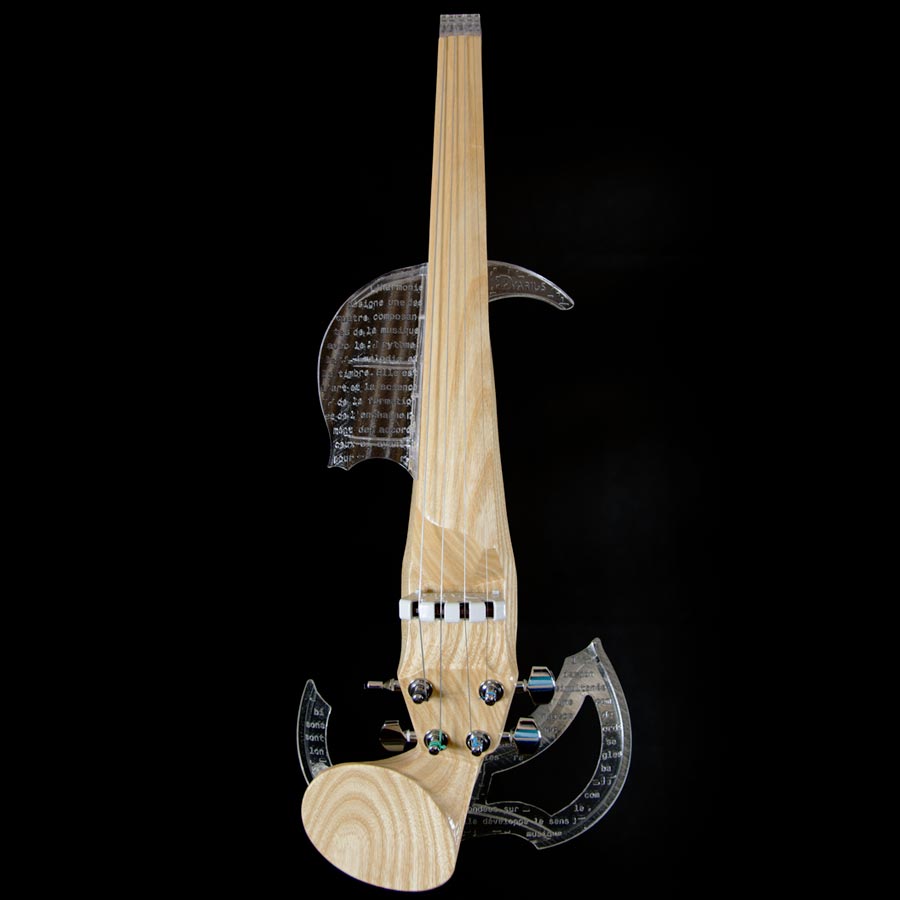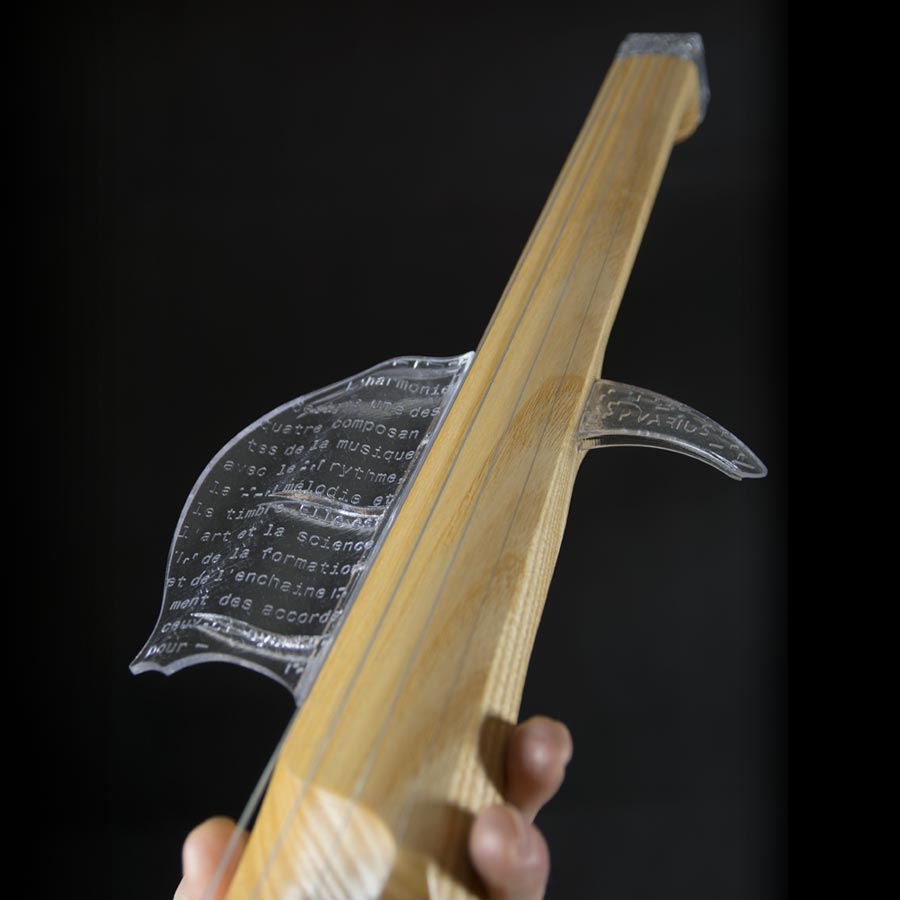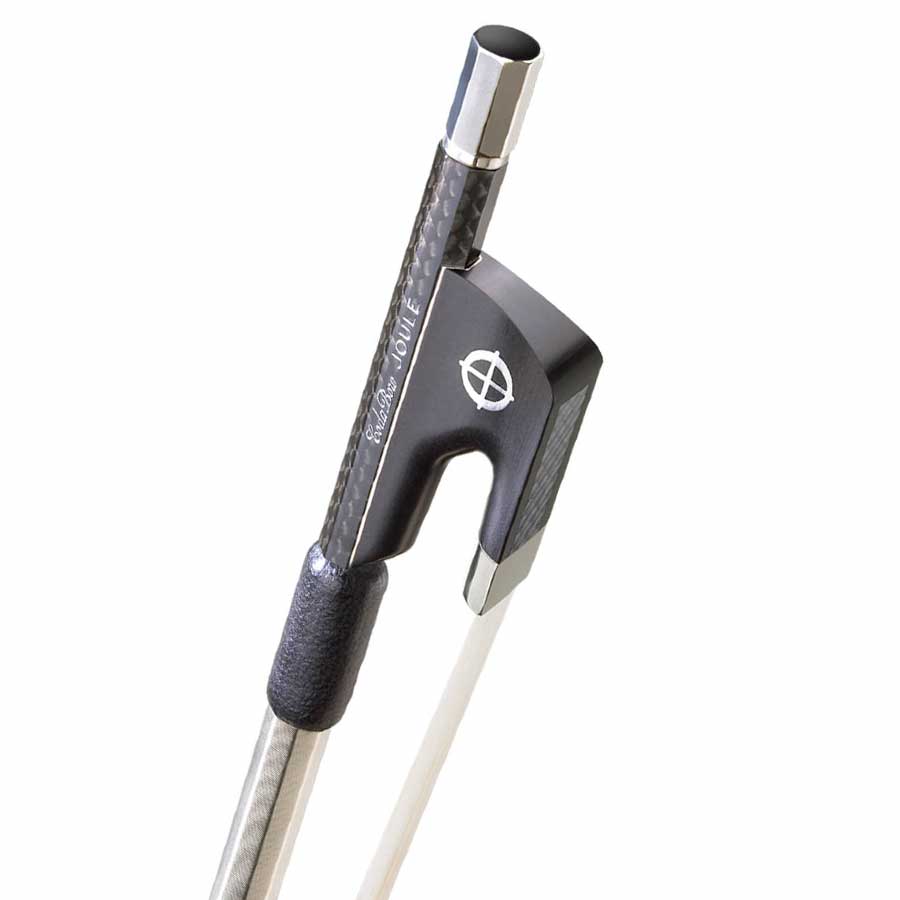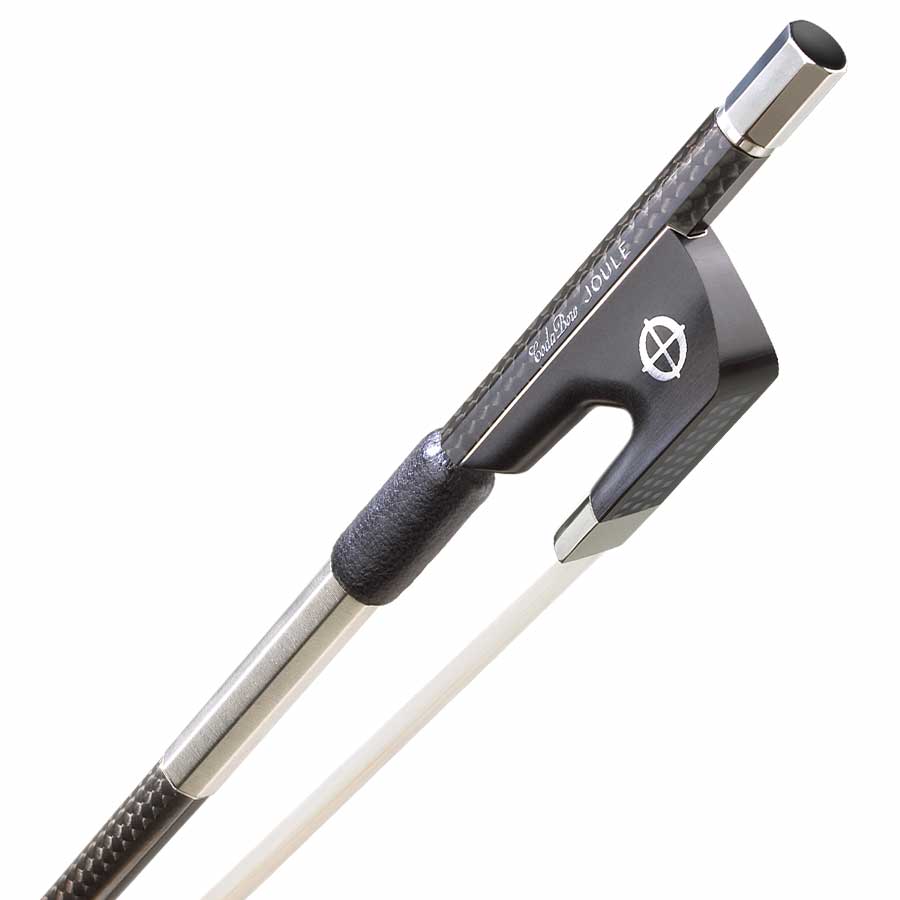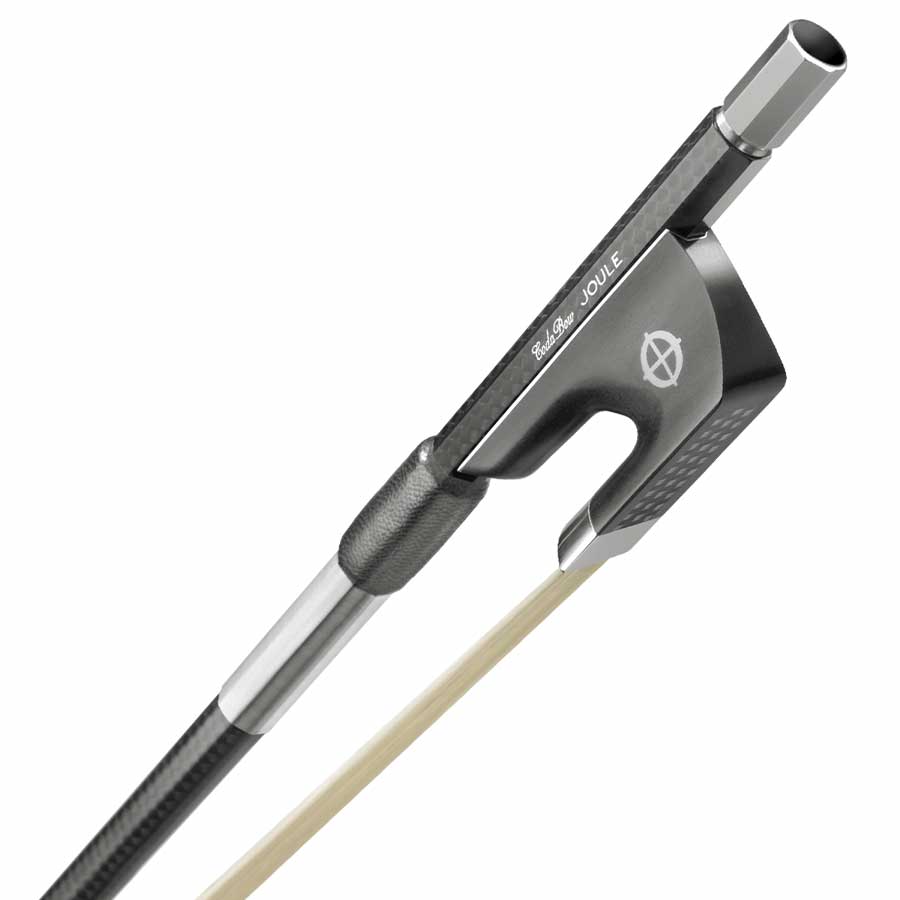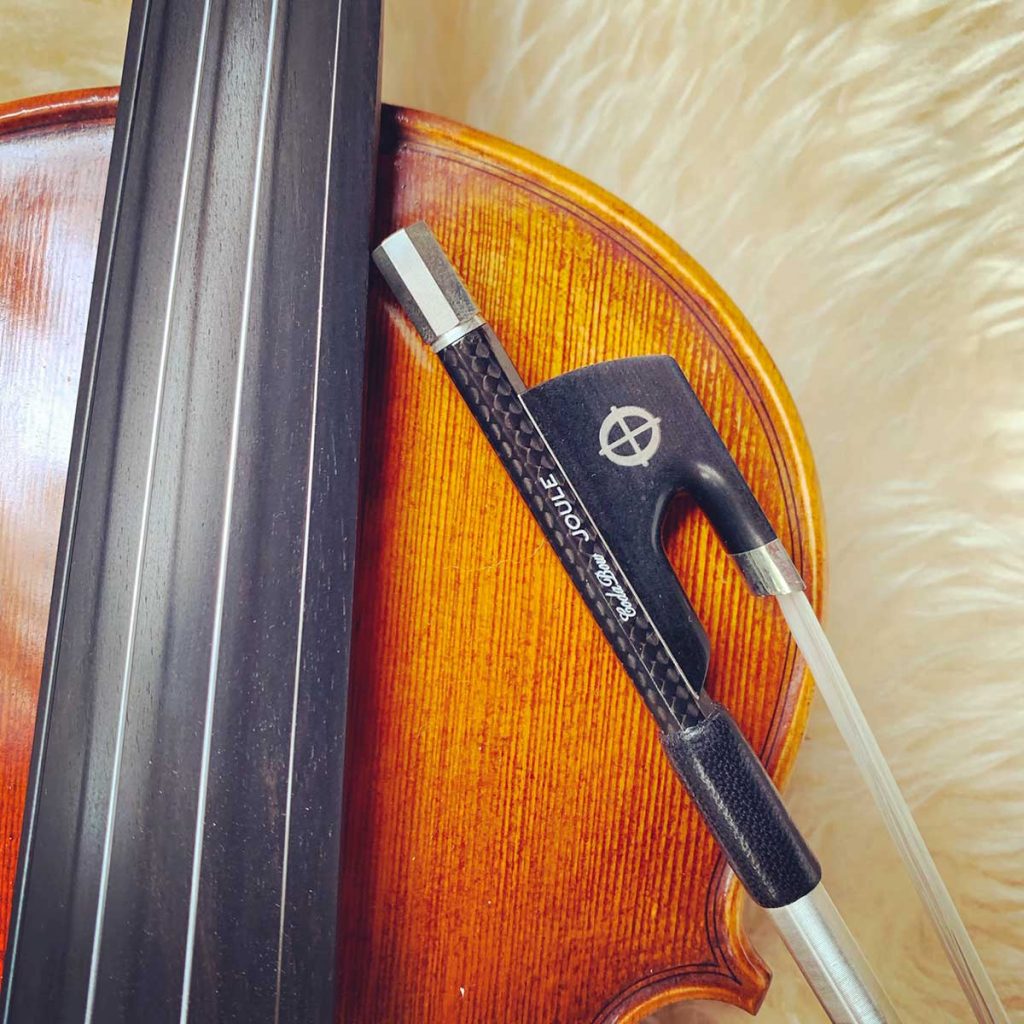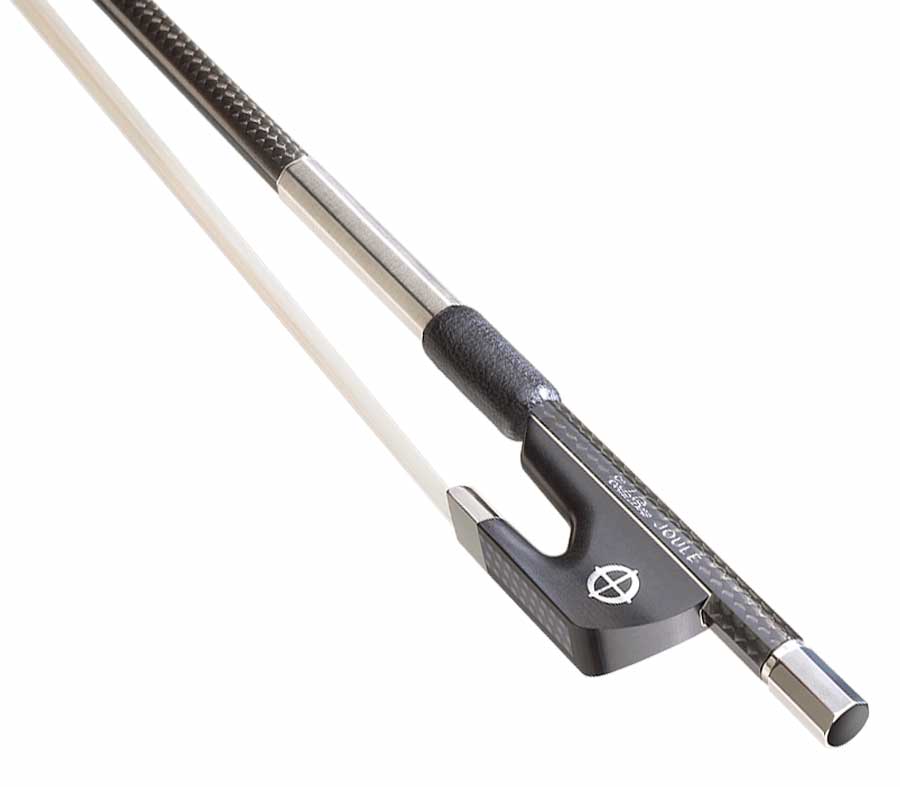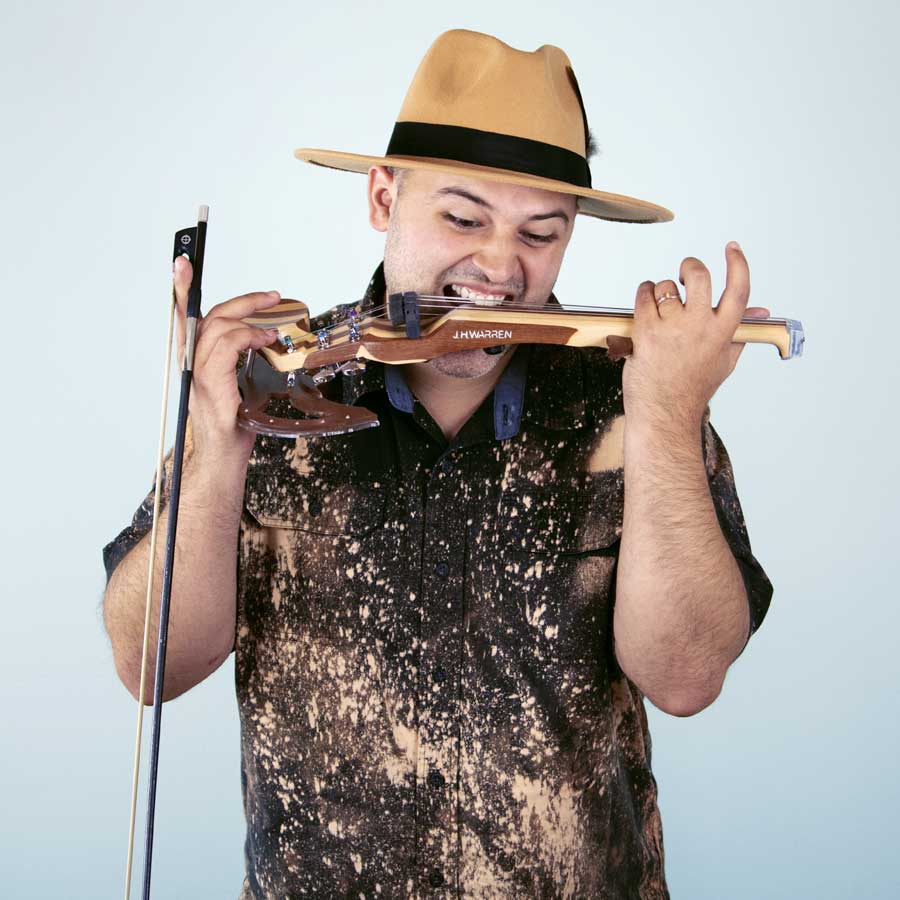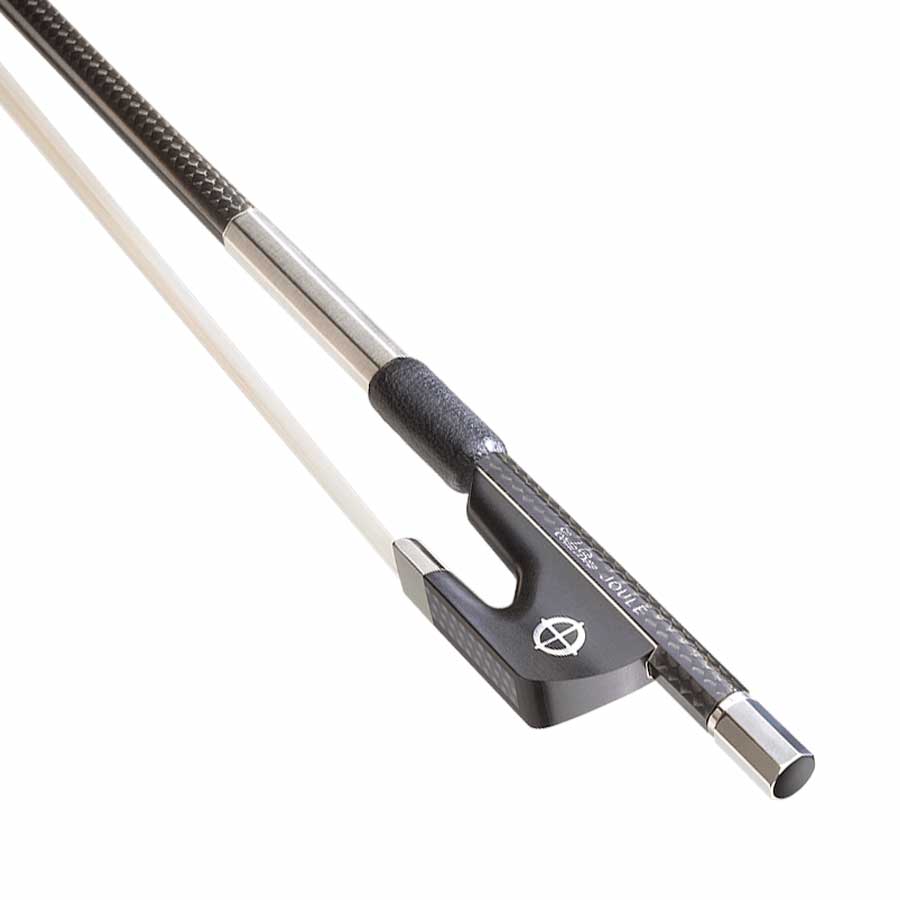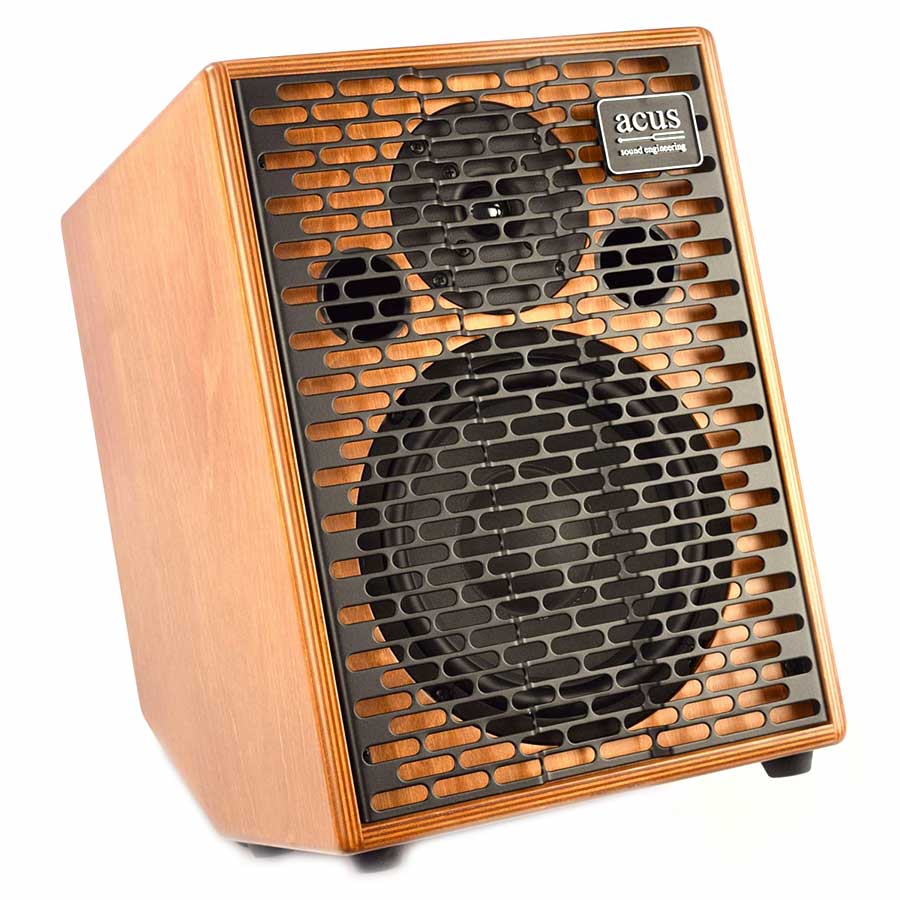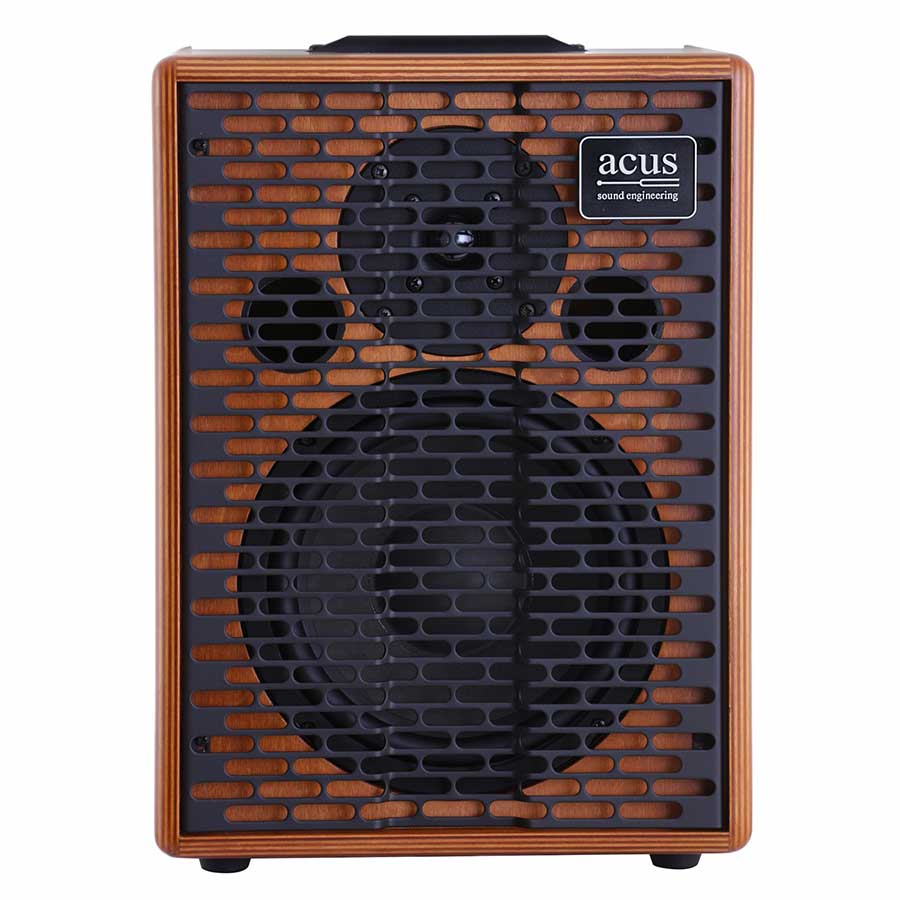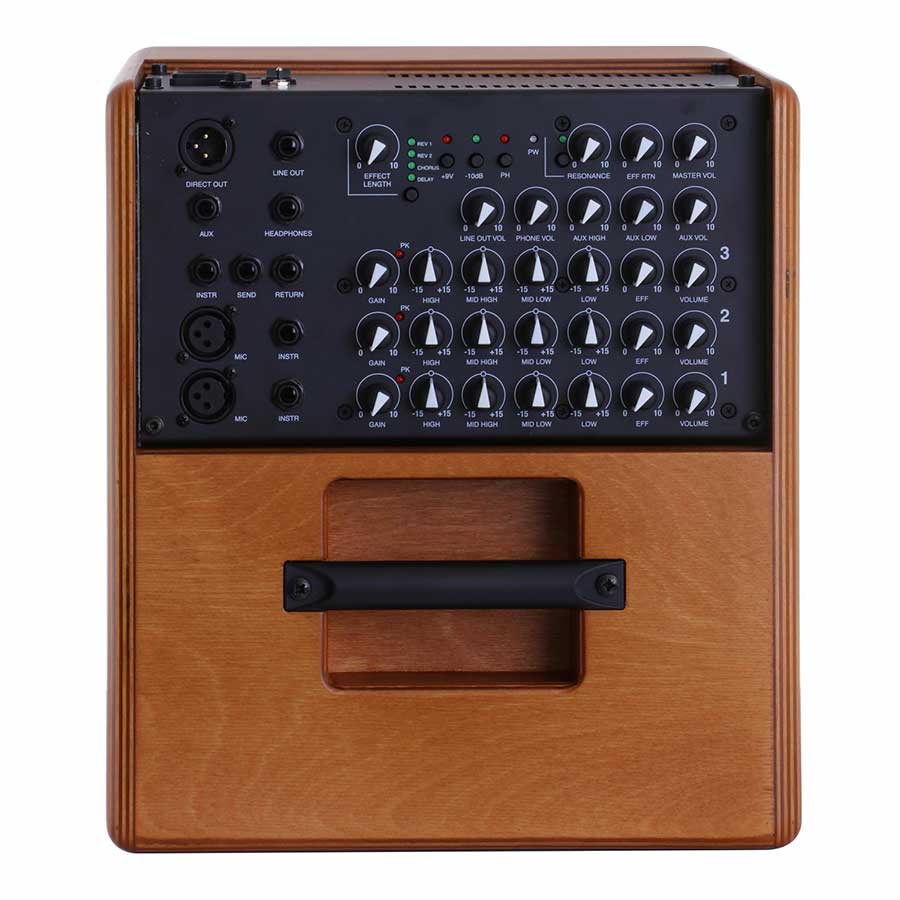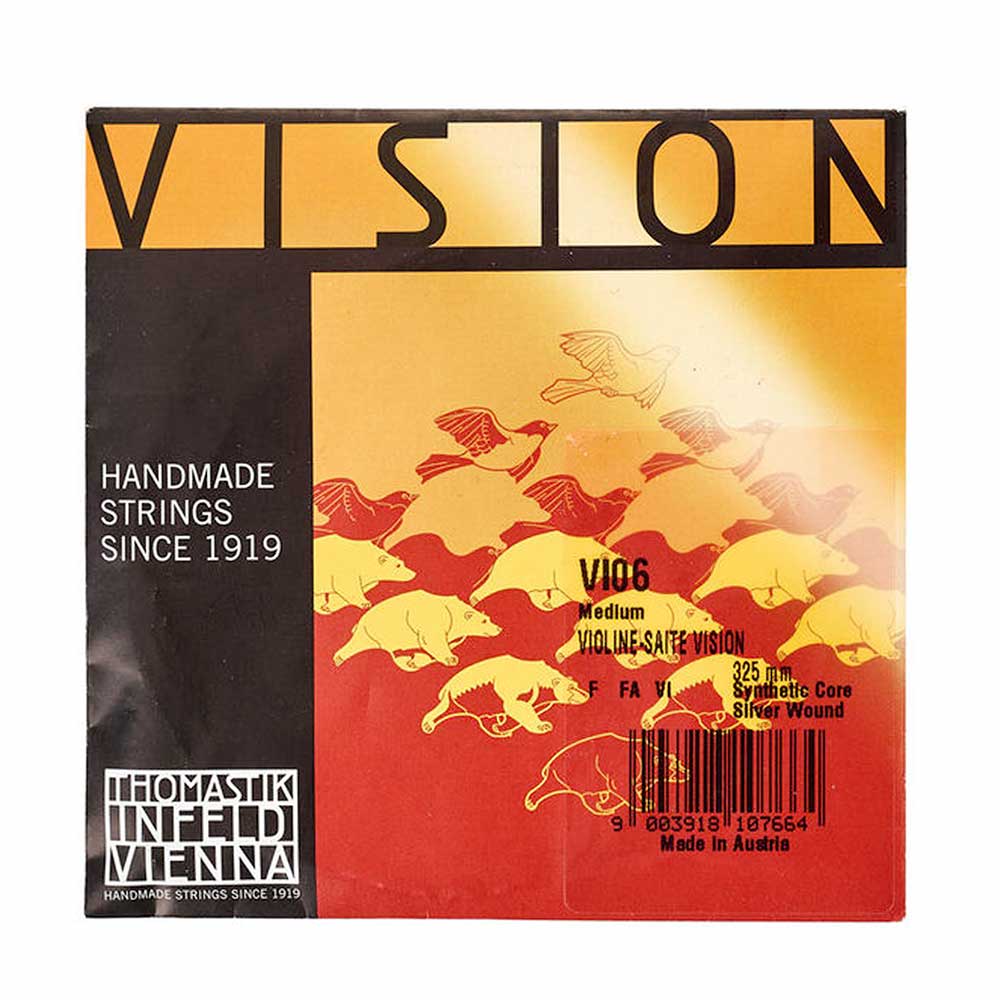The origins of the solo statement
What is a solo statement?
A solo statement, also known as a chorus, is a jazz learning exercise in which the player learns a solo from an audio recording and then plays it back, first at their own pace, then in the original rhythm, all the while reproducing the original recording as faithfully as possible.
This learning process is used in jazz to help musicians improve their playing and improvisational skills. Being able to reproduce a melodic line just by listening to it is one of the goals of every musician. Musicians who can achieve this can play what they hear easily. They can improvise on almost anything.
The solo statement can be played by any instrument. In fact, many jazz recordings feature choruses from a wide variety of instrumentalists: violinists, saxophonists, pianists, drummers, cellists and so on.
Where does this solo exercise come from?
The jazz movement is still quite young. In the early days, there were no learning tools to make learning jazz easier. Unlike today’s jazz methods, one had to observe jazz musicians to understand and learn their language. Musicians didn’t limit themselves to observing their peers, they also analyzed how other instrumentalists worked. For example, it was common to see a trumpeter studying a pianist’s work.
The key to progress is not to limit yourself to one type of instrument. Instead, listen to each instrument for inspiration. Not everything a sax player does in a solo can be done on a violin. However, there are many ways of creating new sounds by trying to reproduce the sound heard. Here’s what American trumpeter Wynton Marsalis had to say to a journalist asking him how to get into jazz:
The thing about jazz is it is very difficult to learn how to play. In classical music, it is graded. You have musical camps, you can go to conservatories. You know you can chart your development. In jazz, you have to learn how to play the music […] You have to learn how to play some blues […] you have to learn playing all keys, how to improvise on the basic forms like rhythm changes, standard songs […] all these songs in all keys. You have to learn how to swing which is to play with a certain rhythmic attitude. You have to learn rhythms […] You have to learn the history of the art form so you can participate in the dialogue with other musicians […]
Why learn how to play a solo?
Learning how to play a jazz solo is an essential step in your progress. It helps you understand jazz and improves your ability to listen, reproduce, participate and develop your own style.
Today’s jazz musicians are all inspired by other musicians. It’s quite common to find some musicians’ phrasing reproduced and adapted by others. When you reproduce a musician’s solos, you’ll be able to decipher their improvisation method and understand how they conceived their solo from the first to the last note. It’s a very valuable insight into the musician’s thought process.
Every jazz band has a repertoire that it plays on stage. This repertoire is constantly evolving. When a musician moves in a certain direction, the others follow. The track evolves in the moment, and every musician has to react and participate. At the end of a concert, we often hear them say: “I recognized that phrasing you used, it’s from such and such an artist! This musician was able to identify the chosen style by reading this artist in the past, and continue the phrasing started by the first. The solo statement he did in the past probably helped him.
How far can a solo statement go?
A solo statement focuses on a complete solo, a section or even a short phrase. It’s better to work on a phrase than a whole solo. It’s easier to memorize something short. The important thing is to memorize it unconsciously so you can use it later.
We tend to limit ourselves to reproducing sound. However, many purists push solos to the point of embodying the musician, reproducing his or her movements, attitude, intentions and so on. If you have a video of the solo, this can be taken to the extreme. With an audio recording, the sound gives you an idea of the musician’s attitude (accentuation, nuances, timbre, etc.).
Should I transcribe a solo in writing or by ear?
A solo is written down
The origins of the solo are intrinsically linked to jazz, to improvisation and to playing based on listening (and not on writing). In jazz’s early days, musicians had no choice but to record the music they heard as they listened. There were no scores for this new musical movement. The only elements available were vinyl records and their ears to interpret the track they were listening to. Later, the evolution of jazz and its techniques, and of the methods surrounding it, led to the emergence of the written transcript. This is known as a solo transcription, because it is written down. However, the basis of solo transcription is listening.
If you feel the need to write down what you hear as a starting point, don’t be afraid to do so. Musicians with classical training often need a score to get started.
Over time, however, we recommend that you give up using scores. With practice, you’ll find it easier to play solos, and you’ll be able to make the most of your listening skills. After all, jazz is an improvisational music, with no score. If you want to progress, you’ll have to learn how to play a solo by ear! This is beneficial for your progress, as you’ll enter the pure world of listening to play, accompany, reproduce, perform, etc., without ever feeling the need to read a score.
A written score to keep track of your work
Once you complete your solo, it’s a good idea to keep a written record of them, and to transcribe them when you’re finished. After all, you’ve spent time recording it, and you may well forget some of it over time. Transcribing it somewhere keeps a record of your work, which you can revisit in a few months to rework, adapt and so on. The transcript serves as a point of reference, but shouldn’t be read at every session.
A transcription is not a score
Please don’t write too much! In other words, don’t turn your transcription into a score. It’s easier to read a score when you’re just starting out, because you get the satisfaction of replaying what you hear quickly and well. However, the goal of a solo transcript is not to create a score at all. Think of transcription as an aid, not an end in itself.
A solo transcript is meant to improve your ability to memorize phrases you’ve heard, to reuse them in different contexts, to add them to your vocabulary, and so on.
You won’t progress if you only write them down and then play them back from the transcription. And if you don’t have a transcription in front of you, you won’t be able to reproduce them.
Remember, the goal is to add the phrases you studied to your game! Once you master them, you’ll be able to use them in your improvisations. They will first sound heard and learned, then after some practice, transposed or transformed by your own improvisation style.
How to do a solo?
How to choose a solo?
It’s easy! Pick out the solos you like. Instrumentalists usually start by picking out the solos of their colleagues. A violinist will generally pick solos by other violinists.
Obviously, you shouldn’t start with the most complex solo. You might end up getting frustrated if you start with something too difficult, giving up and never performing solos again.
Start with a simple jazz standard you know and love. Before you start, remember the chords of the title. They’ll give you a framework for the improvisation. It will then be easier to find what you’re hearing thanks to the scales and harmonies. Below, you can hear Autumn leaves by Richard Galliano, Didier Lockwood and Bireli Lagrene filmed at a Swiss festival in 2014.
It’s quite easy to find songs to work on these days, thanks to YouTube for instance. The platform is full of old and new recordings by artists from every decade. Here are some other jazz standards to get you started: Blue Bossa, All of Me, Take the A Train and Minor Swing.
You’ll soon get comfortable with the exercise, making it easier to analyze more complex sections. Generally, a musician chooses a solo based on:
- its technical level
- an interest in a specific musician
- learning a vocabulary from a particular universe (swing, New Orleans, contemporary jazz, blues, etc.)
Where to start?
You’ll face several challenges at first without practice. But you’ll overcome them as you go along.
Forget the score-reading method
We’re not saying you should forget it for good, but that you should put it to the side for this kind of practice. As a musician, or if your formal musical education included solfeggio, you learned to connect reading a score to using your hands and fingers on a musical instrument. In contrast, the solo focuses on developing your musical ear and your ability to improvise without a score. Your hand and finger movements come from your listening skills and imagination. These are two very different and opposing methods.
Lots of motivation
When you set out to do your first solo, you have to remember that it’s a tedious job. It requires individual work that no other musician can do for you. However, practice will enhance your improvisational thinking.
Mastering complex solos
It’s best not to start with complex solos by seasoned jazz musicians. They play complicated melodic lines very quickly, and it can be difficult to capture everything they’re playing.
In this case, the solo is either too difficult for a first attempt, or you can try a small piece of it, choosing only one grid. Once you memorize this grid, you can move on to the next one. It’s better to memorize a single phrase of the solo than to work on the whole solo and not remember it. The important thing is to keep a trace of the work you’ve done in your memory, so that you can reuse it in a new setting later on.
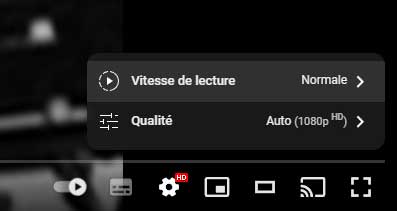
Identify the notes you hear
Another challenge will be your inability to recognize notes by ear. There’s no secret to this. We’re not all born with absolute pitch! However, if you train your ear and practice soloing, you’ll soon realize how much you progressed. One trick is to hum along and sing along to get a better feel for scales, arpeggios and so on.
Don’t forget the solo’s rhythm
When you’re playing a solo, it’s not enough to identify the notes; you also need to position them correctly in the rhythmic grid that makes up the solo. If you don’t respect the rhythm, you won’t be able to play the solo correctly.
In fact, soloing is a very useful exercise to understand intervals and integrate new rhythmic grids.
Most software programs allow you to make notes on a track. This can help you understand and respect the rhythm.
Don’t limit yourself to playing out notes
As mentioned above, playing a solo is not just about identifying a series of notes. It’s also about understanding an artist’s palette. This includes harmonic choices, sound, emphasis, nuance and so on.
There’s a lot of work involved in achieving a good solo: sound power, emphasis, scales, chromaticism, standards, sound color, etc. Each of these is connected to the instrument itself. For example, some saxophone techniques cannot be reproduced on a violin. In this case, the violinist needs to find a way of getting as close as possible to what he hears, using his own technique and instrument. This is how new sounds and possibilities are often discovered!
Sources and images: France Musique, YouTube, Unsplash – Dolo Iglesias, Wynton Marsalis

